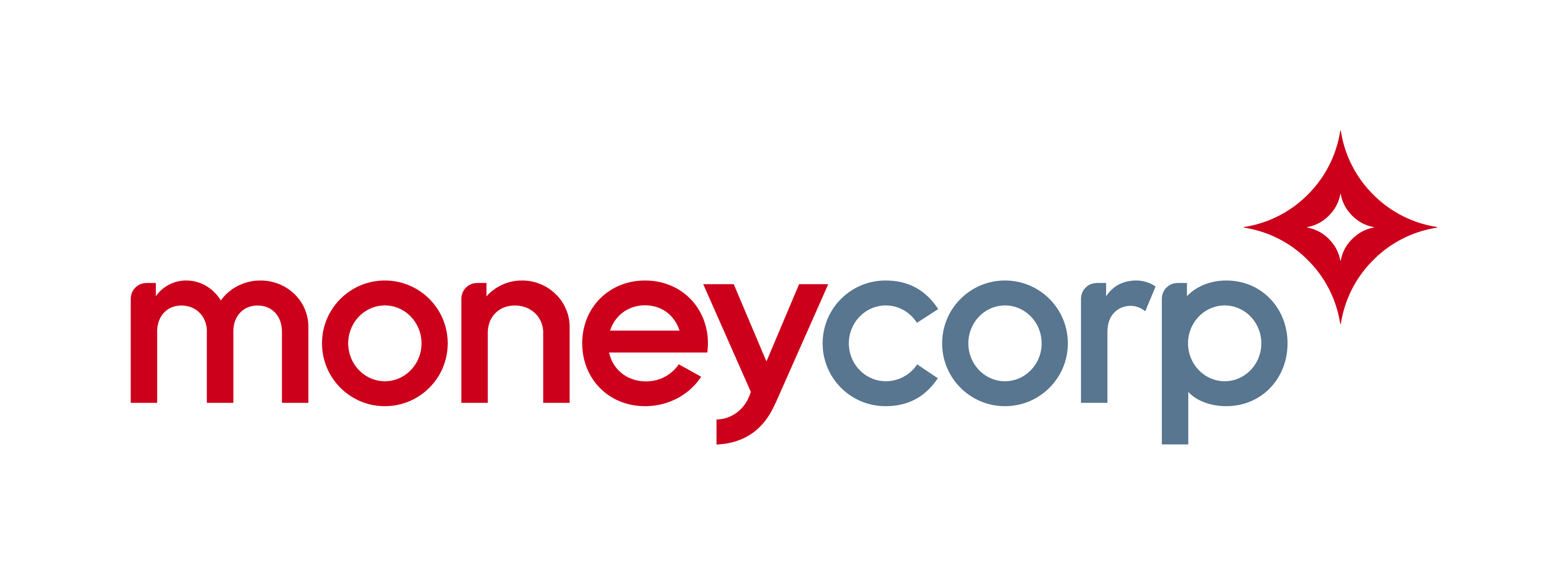10 takeaways on ‘Lockdown – Restart – Recovery’

Businesses of all sizes, sectors and across every community, region and nation have been impacted by Covid-19.
9 minute readCovering how to protect businesses and jobs, renowned Economist & Business Consultant Vicky Pryce was joined by BCC Director General, Adam Marshall to discuss what is needed to help kick-start the recovery, and how the future economic landscape could evolve. Have a listen to the webinar and read the 10 key talking points below.
There are glimmers of hope, albeit few
While the impact of the lockdown has been very obvious to see, with trade and production effectively stopped, there are some sectors doing particularly well, such as IT, pharmaceuticals, and supermarkets as well as online retail businesses. It seems as though the economy is in three pieces – one third is able to operate as normal as possible, another third is operating with difficulty, and the final third is literally shut down.
However, while there are some opportunities that are inevitable in a crisis, the economy is under huge strain in the UK, and worldwide it is a shock worse than that of the financial crisis of 2008. Demand is also at a low because of the stay-at-home new order, and the sheer number of people furloughed or facing redundancy. The WTO has said trade could fall between 20-35% in Q2, and this seriously undermines the prospect of a global recovery.
The bounce back options look like alphabet spaghetti
The OBR has predicted quite a fast bounce back, with a V-shaped recovery. The figures are very much based on the assumption that lockdown will ease at the end of Q2 though, and a V-shaped recovery doesn’t necessarily mean the government won’t have to borrow much more, because it is likely it will need to. We will see recovery, and while unemployment could rise to 10% approximately, according to the OBR it will come down quickly. Again, deficit may look around 14% GDP, but it will also come down. However, the OBR is just one prediction, and it might not happen as it depends on how we exit from lockdown. Some do worry it may look more like an L-shape, where there is a sharp drop and no recovery. There is also the fear of a second wave of the virus, causing a W-shape as another potential lockdown could take place.
The furlough scheme is the real stand out
The UK Government policies have been flexible and have been adapted in the light of experience and feedback from business. There have been three or four iterations of the business loans schemes, including a much faster route for loans to smaller firms of under £50,000, which is similar to the process in Germany and Switzerland where there is 100% government guarantee and minimal credit checking. Some companies won’t want a loan though, as they can’t take on debt when they don’t know where their future revenue is coming from. There are grant schemes available for small businesses, retail hospitality and leisure – the hardest hit sectors by the closures.
The furlough scheme, where the government pays 80% of an employee’s salary is seen by many as the star piece of the equation so far, with BCC data suggesting three quarters of businesses are making use of it in some form. The application process has been smooth for most and payments have already been made, but there is the question of coming out of lockdown and the worry that workers on the furlough scheme will eventually be made redundant.
It’s harder coming out of lockdown than going into it
A lot of guidance is needed to ensure that the UK fully understands the stages it is in, and how the economy can be lifted up post-lockdown. The government has been cautious, giving businesses too much guidance previously as they didn’t want to undermine the lockdown. Now firms are looking to them for guidance on opening safely, and while it is a long process, the government also needs to think ahead on how it will unwind those schemes – while the furlough scheme will be sticking around until October, many are looking at next-stage support. Trade will still be restricted for many, supply chains shattered, aircraft still grounded. There are serious costs in getting businesses back up and running. Not every business that has staff on furlough will be able to open up completely, even by July, when the last few firms in hospitality and beauty are planned to open. Huge numbers of businesses have got in touch with the BCC about bringing people back part-time as an option.
Future support & investment is key
Inevitably, some loans may have to be written off over time, and without government support and schemes withdrawn too early, we could see a collapse in business investment. Back in March, Chancellor Rishi Sunak committed to extensive public capital investment, but this was pre Covid-19. It could be tempting to cut these plans, but there could be a lot of public interest in spending now, for example pressure on funding the NHS. Many worry that the increase in debt shouldn’t be at the cost of investment in future infrastructure, with rail improvements, the energy grid and broadband networks on that investment list. A lot of people could be facing job losses or pay cuts and regions need money also. Arguably hardest hit, they are affected by a lack in demand, and will find it hard to return to normality. Local infrastructure that leads to an increase in jobs is now of much greater importance than at the time of the Budget.
There is good that can come out of this
While the tragic death toll cannot be underestimated or measured, crises can bring about change for the good. Quite a lot can be done to encourage firms, depending on the levels of government help, such as airlines and car manufacturers, to think about how they recover from this in line with climate change guidance and targets. Many legacy regulations are just that, legacy, and in exceptional times one can think about which ones are important. There is a balancing act in terms of deregulation to make lives simpler for businesspeople, but needing to trade internationally, and adhering to those regulations.
Onshoring could be “de rigueur”
A number of businesses have found that sourcing from far away markets hasn’t been great during the pandemic, and actually shortening the supply chain to be more local has made them more resilient. It is a balancing act of onshoring and offshoring, and this pandemic has highlighted what happens when you rely on overseas goods. Protectionism too comes with negatives and it will be hard to onshore some things, because it is expensive and expertise may be long gone. The EU will also be looking at this, so Brexit could look a little different when it comes to competition policies. The UK has always been a champion of free trade, but the closer you are geographically, typically the easier it is.
Automation may the automatic response
Business resilience is being severely tested and many will look to protecting themselves from potential future disruptions, and outbreaks. People are the ones affected by the virus, meaning some will look to rely less on humans. The retail sector was battling slim profit margins before it brought in self-service checkouts, for example. So people are already being substituted for machines, and that temptation may be greater for businesses looking to increase resilience. However, there is likely to be more appetite for homeworking now, and better technology to increase productivity. Floor plans of offices could look very different in the near future.
The pound is highly reliant on post-lockdown moves
Looking at sterling, it fell sharply as the UK started to go into lockdown, and all eyes are on the pound as we ease out of it. The UK had another credit rating downgrade, which normally affects sterling, but it hasn’t really this time. This is because rates have come down globally and there has been monetary expansion everywhere on a massive scale. The US has seen huge quantitative easing, and even Japan announced unlimited support. Comparing the UK to others, we are in a position where the rates are actually okay, which is why sterling has been relatively steady. Despite everything, to some there is a remarkable view that the UK is a bit of a safe haven.
The fun is still to come
Group activities such as entertainment, festivals and concerts will be the last to return, even after July. Many large scale events in the autumn are already postponed, and even in places such as Sweden, which has had a relatively less extreme response to the pandemic, they have restrictions on those large scale events. Now, we may see some aspects of leisure, such as gyms that are more considered to be the health sector, go back to some form of normality quicker than others like hospitality and festivals. The fun industries will have to wait longer, and so it’s more likely we’ll be dancing at home on Zoom as opposed to at a festival.
For more information on the lockdown, and how we restart and recover, listen to our webinar in full here: https://www.youtube.com/watch?v=bcTUiOgG5xA&t


